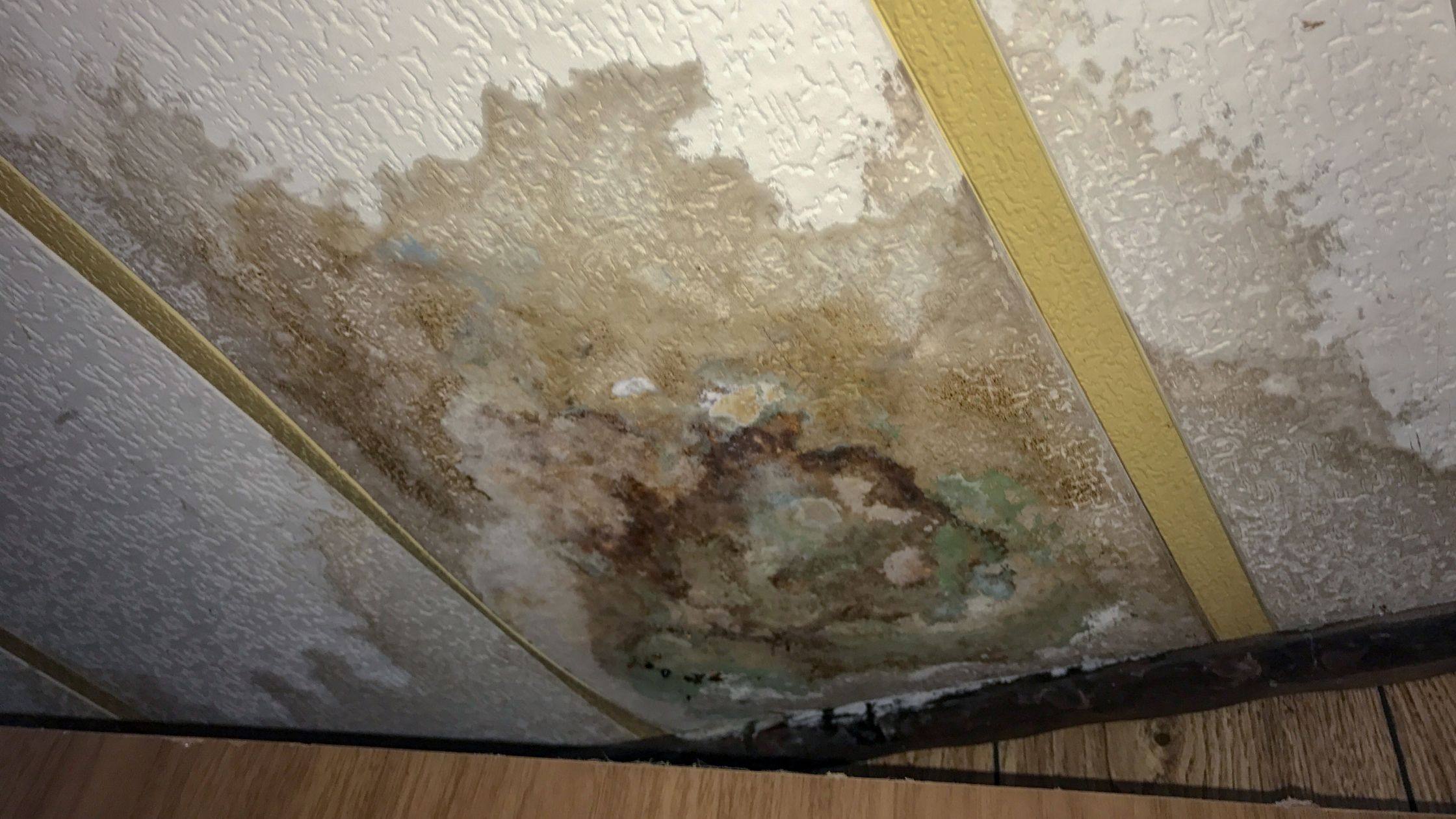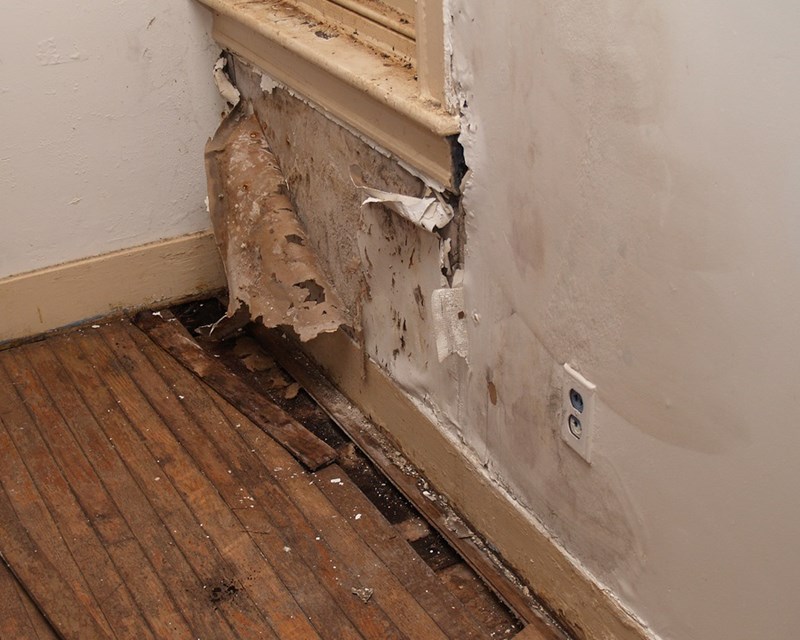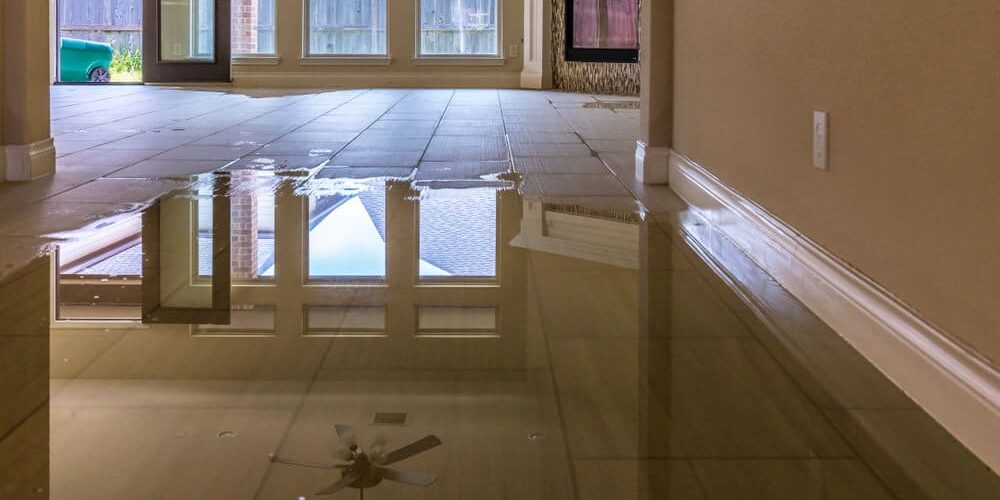Quick Response Emergency Water Leak Repair for Residential and Commercial Needs
Quick Response Emergency Water Leak Repair for Residential and Commercial Needs
Blog Article
The Process of Water Damages Cleanup: Guaranteeing Your Home Is Brought Back Successfully
Water damages can be an overwhelming difficulty for home owners, necessitating a structured and meticulous clean-up process to restore safety and capability. An extensive assessment is important to identify the extent of the damages and identify the suitable removal steps. Following this, reliable water removal methods play a critical role in minimizing further injury. Nonetheless, the nuances of drying, sterilizing, and eventual restoration are just as crucial and frequently overlooked. Comprehending these phases can make a considerable distinction in the result of your home's remediation, motivating a closer look at what each action involves.
Evaluating the Damages
Upon uncovering water damages, the initial step is to completely assess the degree of the influence. This preliminary analysis is critical, as it aids determine the required steps for reliable cleaning and remediation. Begin by checking the affected locations, consisting of wall surfaces, ceilings, floors, and personal items, to recognize the source of the water breach, whether from flooding, leakages, or condensation.
Documenting the damage is necessary for both insurance coverage cases and preparing restoration initiatives - damage restoration services. Use pictures and created notes to catch the extent of the damages, keeping in mind any affected structural elements and materials. Pay special focus to locations that may not be promptly noticeable, such as behind wall surfaces and under carpets, as hidden dampness can bring about further issues, consisting of mold and mildew development
Additionally, analyze the timeline of the water exposure. Eventually, an extensive analysis lays the groundwork for a successful water damages cleaning process, ensuring that all affected areas are dealt with effectively and completely.
Water Removal Methods

Specialists typically employ submersible pumps for larger quantities of water, which can quickly reduce flooding in basements or other affected locations. For smaller sized quantities, wet/dry vacuums are frequently used to extract recurring moisture from carpetings and hard surfaces. Furthermore, using portable extractors enables targeted elimination in constrained rooms or areas with fragile materials.
In circumstances of polluted water, such as sewage or floodwater, advanced removal methods may entail using biohazard devices to guarantee security and compliance with health and wellness laws. High-powered removal devices are vital in reducing water retention in structural materials, which can lead to mold growth and structural deterioration if not attended to without delay.
Ultimately, the efficiency of water removal strategies plays an essential function in the total success of the water damage clean-up procedure, laying the groundwork for succeeding remediation efforts.
Drying and Dehumidification
Once standing water has actually been properly extracted, the next important stage in the water damages cleaning process is drying and dehumidification. This step is important to avoid more damage and mold growth, which can happen within 24 to two days in moist atmospheres.
To achieve efficient drying out, customized equipment such as industrial-grade air moving companies and dehumidifiers is utilized. Air moving companies circulate air throughout wet surfaces, improving evaporation rates, while dehumidifiers minimize humidity degrees airborne, promoting a conducive environment for drying. The mix of these devices makes certain that moisture is attracted out from wall surfaces, furnishings, and floors, allowing them to completely dry thoroughly.
It is very important to check the drying procedure carefully. Experts often utilize dampness meters to assess the wetness web content in various products, making sure that all influenced locations get to acceptable dry skin levels. This meticulous method helps to avoid hidden wetness pockets that can cause structural damages or unhealthy mold why not check here development.

Cleaning and Sanitizing
After the drying out and dehumidification stage is total, the next essential action in water damage cleaning is cleansing and disinfecting the affected locations. This process is crucial to stop the growth of mold, microorganisms, and other microorganisms that thrive in damp settings.
The cleaning stage commonly includes eliminating any particles, dust, and contaminants from surface areas making use of specialized cleaning agents. For difficult surfaces, a combination of soap and water or business cleaning items is frequently used. Soft materials, such as upholstery and rugs, might need much more comprehensive cleansing approaches, consisting of steam cleaning or deep extraction strategies, to ensure comprehensive cleanliness.

Disinfecting follows cleaning, making use of EPA-approved anti-bacterials to get rid of unsafe microorganisms. This action is vital, specifically in locations that may have come right into contact with floodwaters or sewage, as these sources can position major health risks.
Furthermore, it is crucial to helpful site attend to any continuing to be smells, which may require using odor neutralizers or sophisticated techniques like ozone therapy. Proper cleansing and sterilizing not just restore the safety and health of your home however likewise prepared for effective repair and repair services in subsequent phases of the water damage clean-up process.
Reconstruction and Fixings

Once the evaluation is total, reconstruction efforts can begin. This typically entails repairing or replacing broken materials, guaranteeing that all work abides by regional structure codes and requirements. For instance, if drywall has been jeopardized, it will certainly need to be gotten rid of and replaced with new product. Furthermore, flooring might call for comparable focus, relying on the degree of water direct exposure.
It is critical to engage knowledgeable repair professionals during this procedure, as they possess the proficiency to handle complicated repair services effectively. They can help minimize possible future concerns, such as mold growth or architectural instability, hence making sure a safe and habitable living atmosphere. Ultimately, effective repair and repair services bring back the home's integrity and improve its general worth.
Conclusion
To conclude, the process of water damage cleaning is condo water damage critical for bring back a home to its pre-damage condition. Each stage, from examining the damages to carrying out effective water removal methods, complied with by extensive drying, sterilizing, and needed repair services, plays an essential function in making sure safety and security and conformity with structure requirements. Reliable execution of these steps not only mitigates immediate damage but additionally improves the lasting stability and worth of the home.
Water damage can be a daunting difficulty for house owners, requiring a organized and thorough cleaning process to restore safety and capability. Inevitably, a comprehensive assessment lays the foundation for a successful water damage cleaning procedure, making certain that all influenced areas are resolved efficiently and completely.
Effective water extraction methods are important in alleviating damages and stopping more issues adhering to a water intrusion occasion.In final thought, the process of water damage cleaning is crucial for restoring a home to its pre-damage condition. Each stage, from assessing the damages to applying effective water removal methods, adhered to by thorough drying out, sanitizing, and essential repair services, plays an important function in ensuring safety and compliance with structure standards.
Report this page